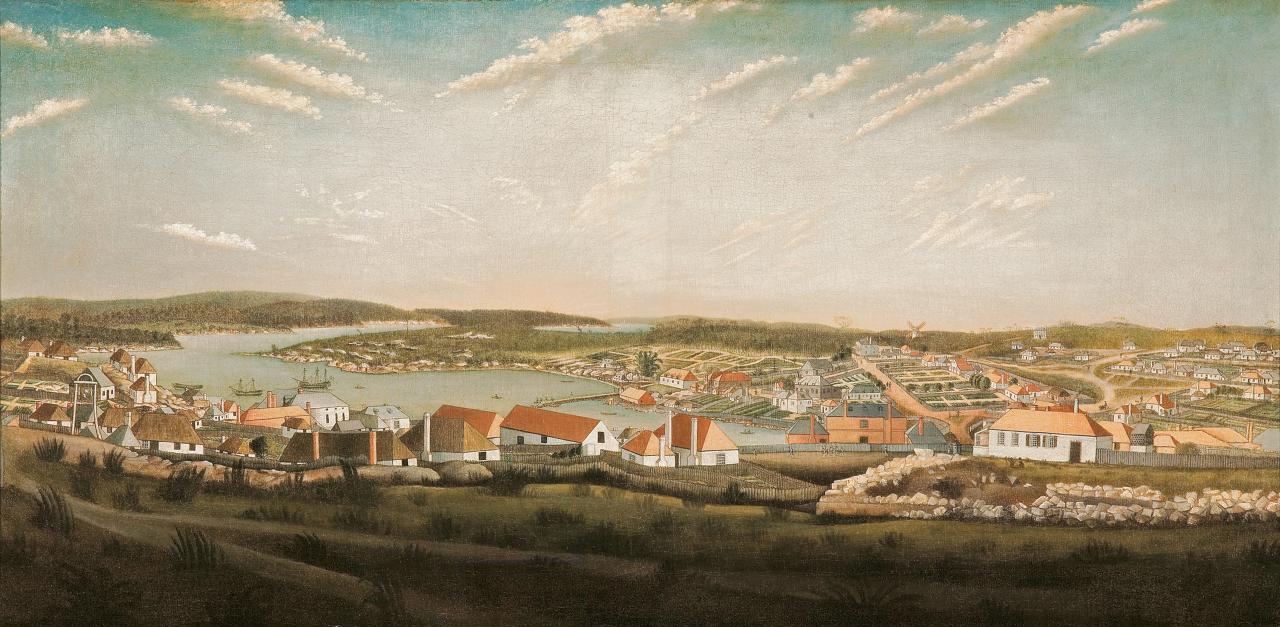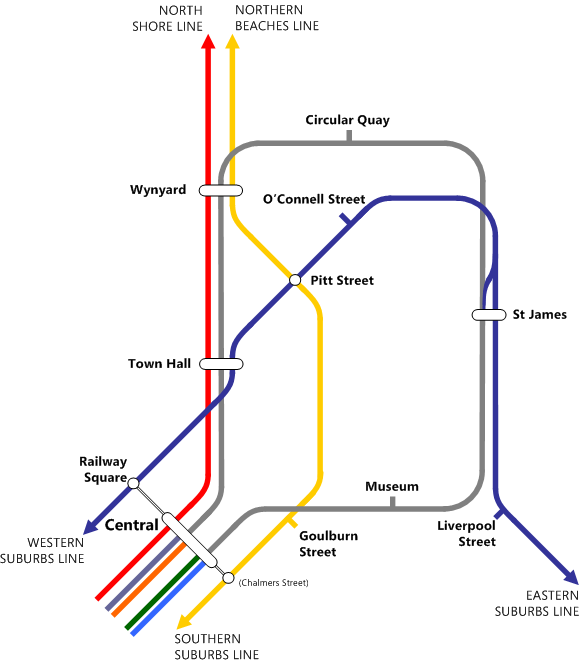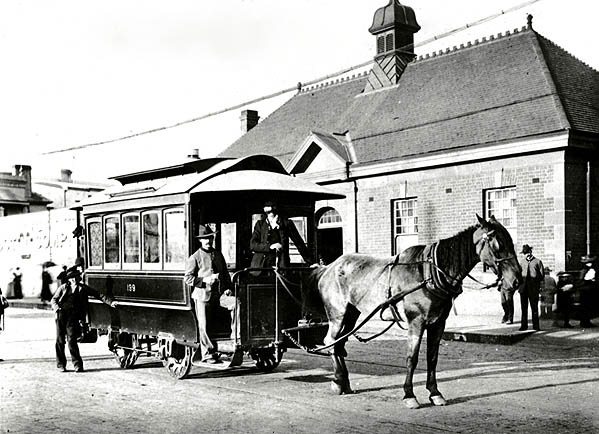|
Edgecliff, New South Wales
Edgecliff is a small suburb in the Eastern Suburbs of Sydney, in the state of New South Wales, Australia. Edgecliff is located 4 kilometres east of the Sydney central business district, in the local government area of the Municipality of Woollahra. The postcode is 2027. Edgecliff is surrounded by the suburbs of Double Bay, Woollahra, Paddington, Rushcutters Bay and Darling Point. The property prices are very high because it is close to the city and many homes provide views of Port Jackson (Sydney Harbour). History Edgecliff takes its name from its geographic siting. The rocky cliff of the suburb was extensively quarried in the early day of European settlement. The area was dominated for some time by the Glenrock property, on the north side of New South Head Road. Sir Edward Knox built ''Fiona'' in 1864 after having it designed by J. F. Hilly. It has been described as "a Classical Revival two-storey mansion" and was made of sandstone. Other elements of the estate included ' ... [...More Info...] [...Related Items...] OR: [Wikipedia] [Google] [Baidu] |
Ascham School
Ascham School is an independent, non-denominational, day and boarding school for girls, located in Edgecliff, an Eastern Suburb of Sydney, New South Wales, Australia. Established in 1886, the school has a non-selective enrolment policy and currently has approximately 1000 students from Kindergarten to Year 12, including 100 boarders from Years 6 to 12. Ascham follows the 'Dalton Plan', an educational philosophy created by Helen Parkhurst in 1916. The 'Dalton Plan' aims to produce independent and confident leaders. Ascham is a member of the Alliance of Girls' Schools Australasia (AGSA), the Junior School Heads Association of Australia the Association of Heads of Independent Schools of Australia (AHISA), the Australian Boarding Schools' Association, and the Association of Heads of Independent Girls' Schools (AHIGS). Ascham is operated as a not-for-profit company. All funds must be used to benefit the school. This function is administered by the school's Council of Governors ... [...More Info...] [...Related Items...] OR: [Wikipedia] [Google] [Baidu] |
Sydney Central Business District
The Sydney central business district (CBD) is the historical and main Central business district, commercial centre of Sydney. The CBD is Sydney's city centre, or Sydney City, and the two terms are used interchangeably. Colloquially, the CBD or city centre is often referred to simply as "Town" or "the City". The Sydney CBD is Australia's main financial and economic centre, as well as a leading hub of economic activity for the Asia Pacific region. 40.7% of businesses in the CBD fall within the ‘Finance and Financial Services’ or ‘Professional and Business services’ category. It is ranked overall #16 in the 2024 Oxford's Global Cities Index and amongst the top 10 cities in the Human Capital category. Approximately 15% of Sydney's total workforce is employed within the CBD. In 2012, the number of workers operating in the city was 226,972. Based on industry mix and relative occupational wage levels it is estimated that economic activity (GDP) generated in the city in 2023/24 ... [...More Info...] [...Related Items...] OR: [Wikipedia] [Google] [Baidu] |
Bondi Junction Railway Station
Bondi Junction railway station is a heritage-listed railway station located on the Eastern Suburbs line, serving the Waverley suburb of Bondi Junction in the Australian state of New South Wales. It is served by Sydney Trains' T4 Eastern Suburbs & Illawarra Line services and NSW TrainLink's South Coast Line services. History As a long-standing major commercial area in Sydney's east, a railway line had long been considered to Bondi Junction. The suburb was variously proposed to have been the intermediate or the ultimate terminus of an Eastern Suburbs Railway since 1916. In 1967, tenders were awarded for the construction of the Eastern Suburbs line as far as Bondi Junction. Construction began shortly thereafter. Construction plans Although a subway station, construction required the demolition of a block of mixed commercial-residential buildings to permit staging of the project, the construction of a works compound and, once the railway was completed, to be the location of ... [...More Info...] [...Related Items...] OR: [Wikipedia] [Google] [Baidu] |
Central Railway Station, Sydney
Central is a heritage-listed railway station located in the centre of Sydney, New South Wales, Australia. The station is Australia's largest and busiest railway station, and is a major transport interchange for NSW TrainLink inter-city rail services, Sydney Trains commuter rail services, Sydney Metro services, Light rail in Sydney, Sydney light rail services, bus services, and private coach transport services. The station is also known as Sydney Terminal (Platforms 1 to 12). The property was added to the New South Wales State Heritage Register on 2 April 1999. Material was copied from this source, which is available under Creative Commons Attribution 4.0 International License. It recorded 85.4 million passenger movements in 2018 and serves over 250,000 people daily. Central station occupies a large city block separating , Surry Hills and the central business district, bounded by Railway Square and Pitt Street in the west, Eddy Avenue in the north, Elizabeth Street, Sydne ... [...More Info...] [...Related Items...] OR: [Wikipedia] [Google] [Baidu] |
Eastern Suburbs Railway Line
The Eastern Suburbs Railway (ESR) is a commuter railway line in Sydney constructed in the 1970s. It is operated by Sydney Trains and has stations at Martin Place, Kings Cross, Edgecliff and Bondi Junction. In addition, it has dedicated platforms at Town Hall, Central and Redfern stations. All of these stations are underground. The Eastern Suburbs railway connects with the Illawarra line at Erskineville, forming the Eastern Suburbs & Illawarra Line. The line features turnbacks at Central, Martin Place and Bondi Junction. There was also previously a rarely used cross-over at Edgecliff. It operates a service every 3 to 5 minutes during weekday peak hours and 8 to 10 minutes at all other times. Design The twin-track Eastern Suburbs line consists of eight stations connected mainly by viaduct and tunnel. The stations are finished in terrazzo and colourful tiles. Alignment From a tunnel portal north of Erskineville, the Eastern Suburbs line runs north to Redfern, then ... [...More Info...] [...Related Items...] OR: [Wikipedia] [Google] [Baidu] |
Edgecliff Railway Station
Edgecliff railway station is a heritage-listed underground commuter railway station located on the Eastern Suburbs line, serving the Woollahra suburb of Edgecliff. It is served by Sydney Trains' T4 Eastern Suburbs & Illawarra Line services and NSW TrainLink's South Coast Line services. History Whilst the Eastern Suburbs Railway was not originally intended to travel via Edgecliff, the first proposal for an Edgecliff station was in 1947. In 1963 it was suggested that Edgecliff be the terminus of the first stage of the railway, but by 1967 it was decided Bondi Junction was a better terminus location. Edgecliff station opened on 23 June 1979 when the Eastern Suburbs line opened from Central to Bondi Junction. Although not directly mentioned in projects associated with the Rail Clearways Program, work was taken out at Edgecliff as a part of the Bondi Junction Turnback project. This involved the motorisation and signalling of an emergency crossover located at the western en ... [...More Info...] [...Related Items...] OR: [Wikipedia] [Google] [Baidu] |
Trams In Sydney
The Sydney tramway network served the inner suburbs of Sydney, Australia, from 1879 until 1961. In its heyday, it was the largest in Australia, the second largest in the Commonwealth of Nations (after Trams in London, London), and one of the largest in the world. The network was heavily worked, with about 1,600 cars in service at any one time at its peak during the 1930s (in comparison, there are about 500 trams in Melbourne today). Patronage peaked in 1945 at 405 million passenger journeys. Its maximum street trackage totalled 291 km (181 miles) in 1923. History Early tramways Sydney's first tram was horse-drawn, running from the Redfern railway station, old Sydney railway station to Circular Quay along Pitt Street.''The 1861 Pitt Street Tramway and the Contemporary Horse Drawn Railway Proposals'' Wylie, R.F. Australian Railway History, Australian Railway Historical Society Bulletin, February, 1965 pp21-32 Built in 1861, the design was compromised by the desire to h ... [...More Info...] [...Related Items...] OR: [Wikipedia] [Google] [Baidu] |
Gothic Revival Architecture
Gothic Revival (also referred to as Victorian Gothic or neo-Gothic) is an Architectural style, architectural movement that after a gradual build-up beginning in the second half of the 17th century became a widespread movement in the first half of the 19th century, mostly in England. Increasingly serious and learned admirers sought to revive medieval Gothic architecture, intending to complement or even supersede the Neoclassical architecture, neoclassical styles prevalent at the time. Gothic Revival draws upon features of medieval examples, including decorative patterns, finials, lancet windows, and hood moulds. By the middle of the 19th century, Gothic Revival had become the pre-eminent architectural style in the Western world, only to begin to fall out of fashion in the 1880s and early 1890s. For some in England, the Gothic Revival movement had roots that were intertwined with philosophical movements associated with Catholicism and a re-awakening of high church or Anglo-Cathol ... [...More Info...] [...Related Items...] OR: [Wikipedia] [Google] [Baidu] |
Victorian Era
In the history of the United Kingdom and the British Empire, the Victorian era was the reign of Queen Victoria, from 20 June 1837 until her death on 22 January 1901. Slightly different definitions are sometimes used. The era followed the Georgian era and preceded the Edwardian era, and its later half overlaps with the first part of the ''Belle Époque'' era of continental Europe. Various liberalising political reforms took place in the UK, including expanding the electoral franchise. The Great Famine (Ireland), Great Famine caused mass death in Ireland early in the period. The British Empire had relatively peaceful relations with the other great powers. It participated in various military conflicts mainly against minor powers. The British Empire expanded during this period and was the predominant power in the world. Victorian society valued a high standard of personal conduct across all sections of society. The Victorian morality, emphasis on morality gave impetus to soc ... [...More Info...] [...Related Items...] OR: [Wikipedia] [Google] [Baidu] |
Italianate Architecture
The Italianate style was a distinct 19th-century phase in the history of Classical architecture. Like Palladianism and Neoclassicism, the Italianate style combined its inspiration from the models and architectural vocabulary of 16th-century Italian Renaissance architecture with picturesque aesthetics. The resulting style of architecture was essentially of its own time. "The backward look transforms its object," Siegfried Giedion wrote of historicist architectural styles; "every spectator at every period—at every moment, indeed—inevitably transforms the past according to his own nature." The Italianate style was first developed in Britain in about 1802 by John Nash, with the construction of Cronkhill in Shropshire. This small country house is generally accepted to be the first Italianate villa in England, from which is derived the Italianate architecture of the late Regency and early Victorian eras. The Italianate style was further developed and popularised by the a ... [...More Info...] [...Related Items...] OR: [Wikipedia] [Google] [Baidu] |
Classical Revival Architecture
Neoclassical architecture, sometimes referred to as Classical Revival architecture, is an architectural style produced by the Neoclassical movement that began in the mid-18th century in Italy, France and Germany. It became one of the most prominent architectural styles in the Western world. The prevailing styles of architecture in most of Europe for the previous two centuries, Renaissance architecture and Baroque architecture, already represented partial revivals of the Classical architecture of ancient Rome and ancient Greek architecture, but the Neoclassical movement aimed to strip away the excesses of Late Baroque and return to a purer, more complete, and more authentic classical style, adapted to modern purposes. The development of archaeology and published accurate records of surviving classical buildings was crucial in the emergence of Neoclassical architecture. In many countries, there was an initial wave essentially drawing on Roman architecture, followed, from about the ... [...More Info...] [...Related Items...] OR: [Wikipedia] [Google] [Baidu] |
New South Head Road
New South Head Road is a major road in the Eastern Suburbs of Sydney, linking the inner-eastern suburb of Rushcutters Bay to the southern reaches of the South Head peninsula. Route New South Head Road commences from the intersection with Bayswater Road (eastbound)/ William Street (westbound) and heads in a north-easterly direction as a six-lane dual-carriageway road from Rushcutters Bay through Edgecliff, before narrowing down to a four-lane, single carriageway road through Double Bay, Point Piper and Rose Bay where it eventually terminates at the intersection with Old South Head Road at Vaucluse. History Maroo track Prior to the road's construction the main route to the southern headland was South Head Road, which led to the signal station following the route of modern-day Old South Head Road and Oxford Street. In 1831, construction began on New South Head Road. The road was to follow the route of the Aboriginal foot track ''Maroo'', which contoured between south head and Sy ... [...More Info...] [...Related Items...] OR: [Wikipedia] [Google] [Baidu] |







